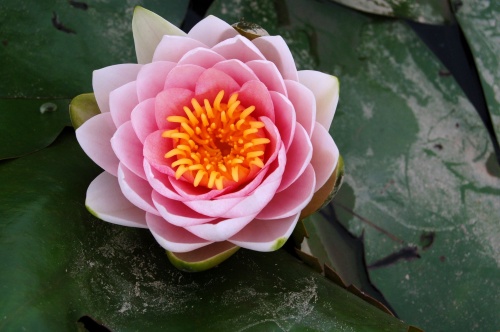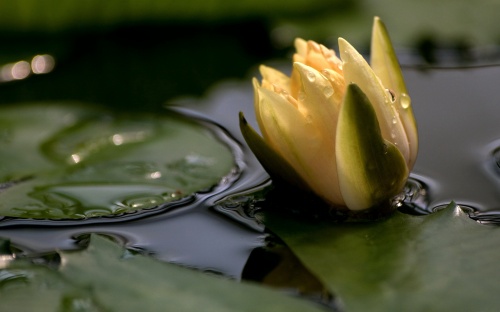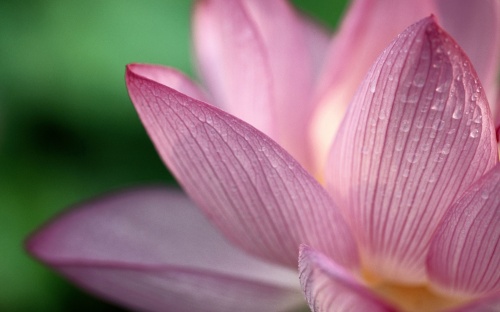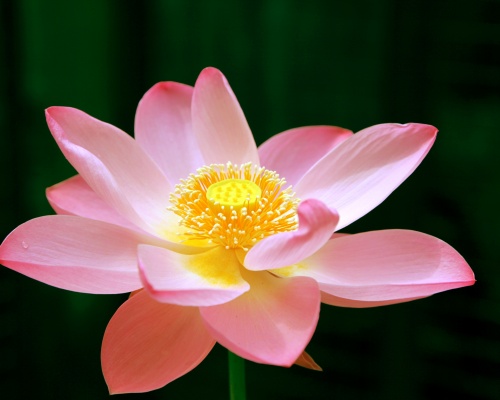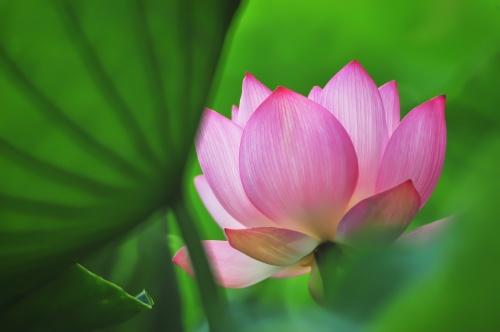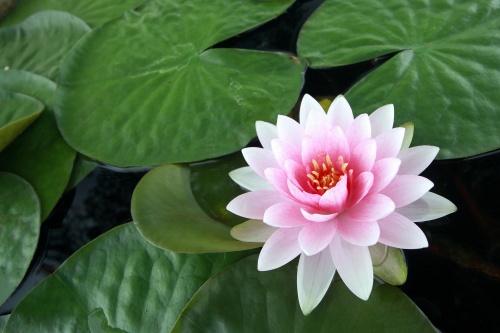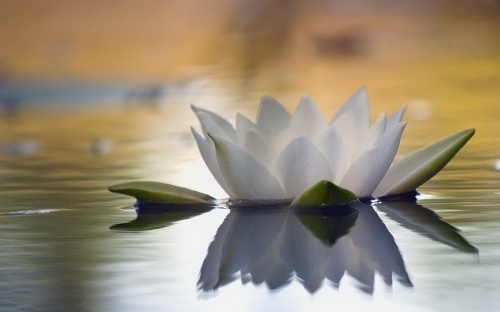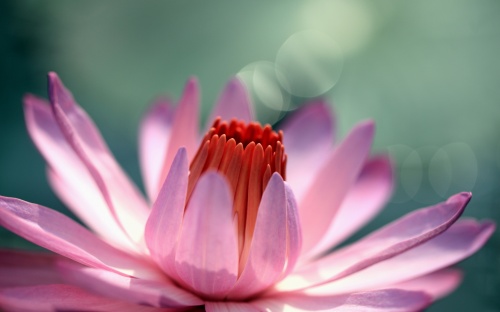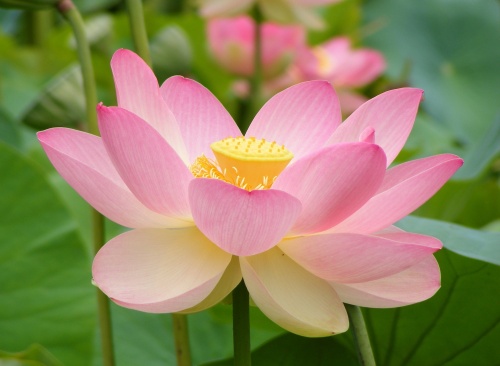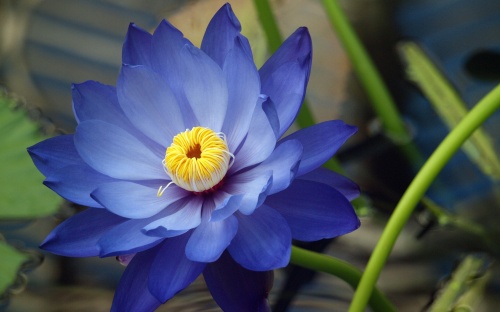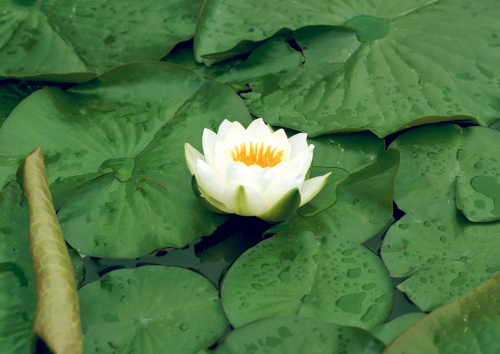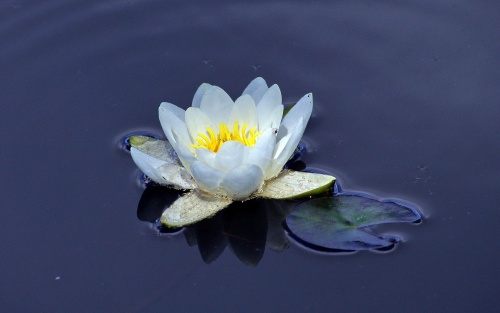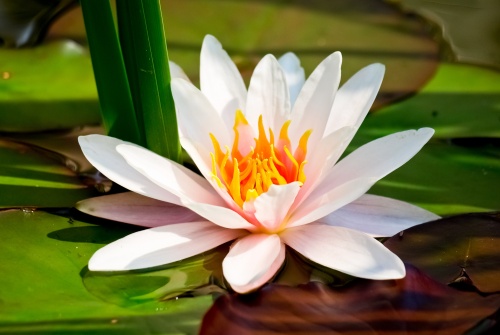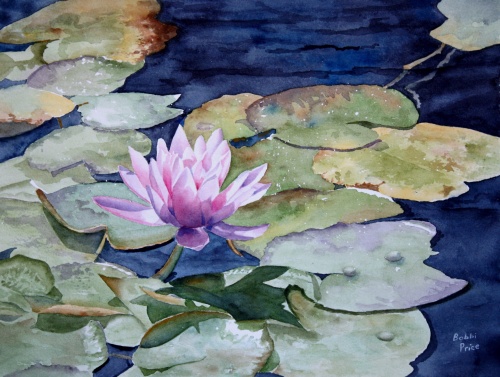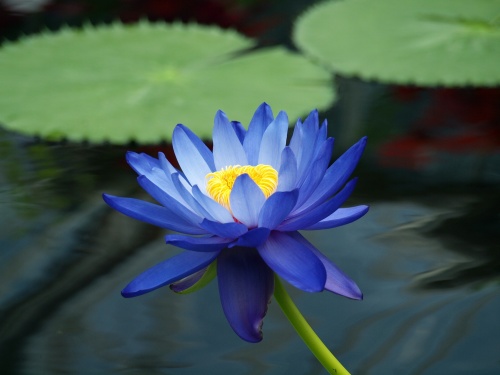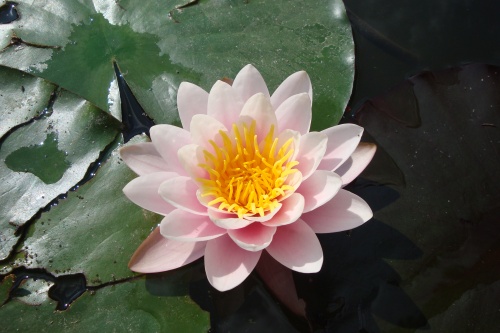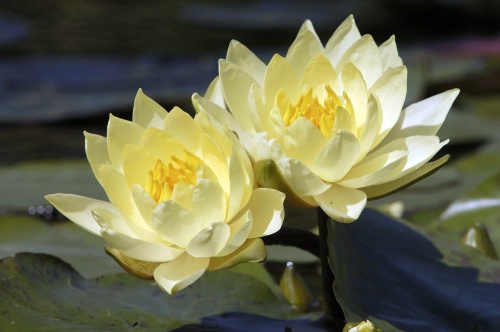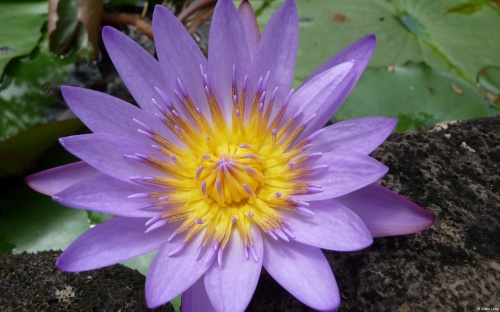Lotuses and lilies / Lotuses and lilies HD Photo (72 photos)
Разрешение картинок от 1215x1219px до 7744x5184px
In Buddhism, the lotus serves as a traditional symbol of purity. The lotus is born in muddy swamp water, but emerges unsullied and pure. Similarly, “beings born in one of the worlds of samsara, but sincerely practicing the teachings of the Buddha, are able to get rid of obscurations over time.”
Like a lotus flower, born unsullied from mud, so here it personifies non-attachment to samsara, although it resides in it.
The image of the lotus is widespread in Buddhist applied art.
In Ancient India, the lotus acts as a symbol of creative power, as an image of the creation of the world. The lotus was seen as a symbol of the Universe, a reflection of the earth that floats like a flower on the surface of the ocean.
In various traditions, the realization of potential is depicted as the blossoming of a flower on the surface of the waters; in the West it is a rose or lily, in the East it is a lotus. The cosmic lotus appears as an image of creation, the emergence of the world from the primordial waters or from the void; this is a special universal principle that governs the world and the life developing in it.
In Ancient Egypt, creation, birth and the Sun as the source of life were associated with the image of the lotus. The lotus symbolized the renewal of vitality and the return of youth, for according to the views of the Egyptians, the old god dies in order to be reborn young. The image of the deceased holding a lotus flower speaks of resurrection from the dead, awakening on the spiritual plane.
In Christianity, the lotus flower was replaced by the white lily, which is associated with Mary as the Queen of Heaven and symbolizes fertility and purity. In the Christian tradition, Archangel Gabriel brings the Annunciation Lily to the Virgin Mary. Jesus said, “Blessed are the pure in heart, for they will see the Lord.”
